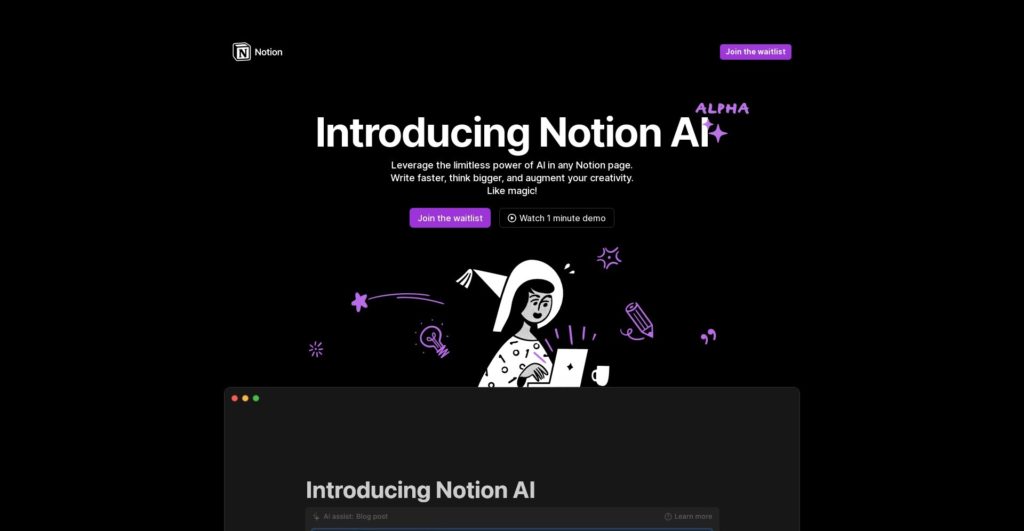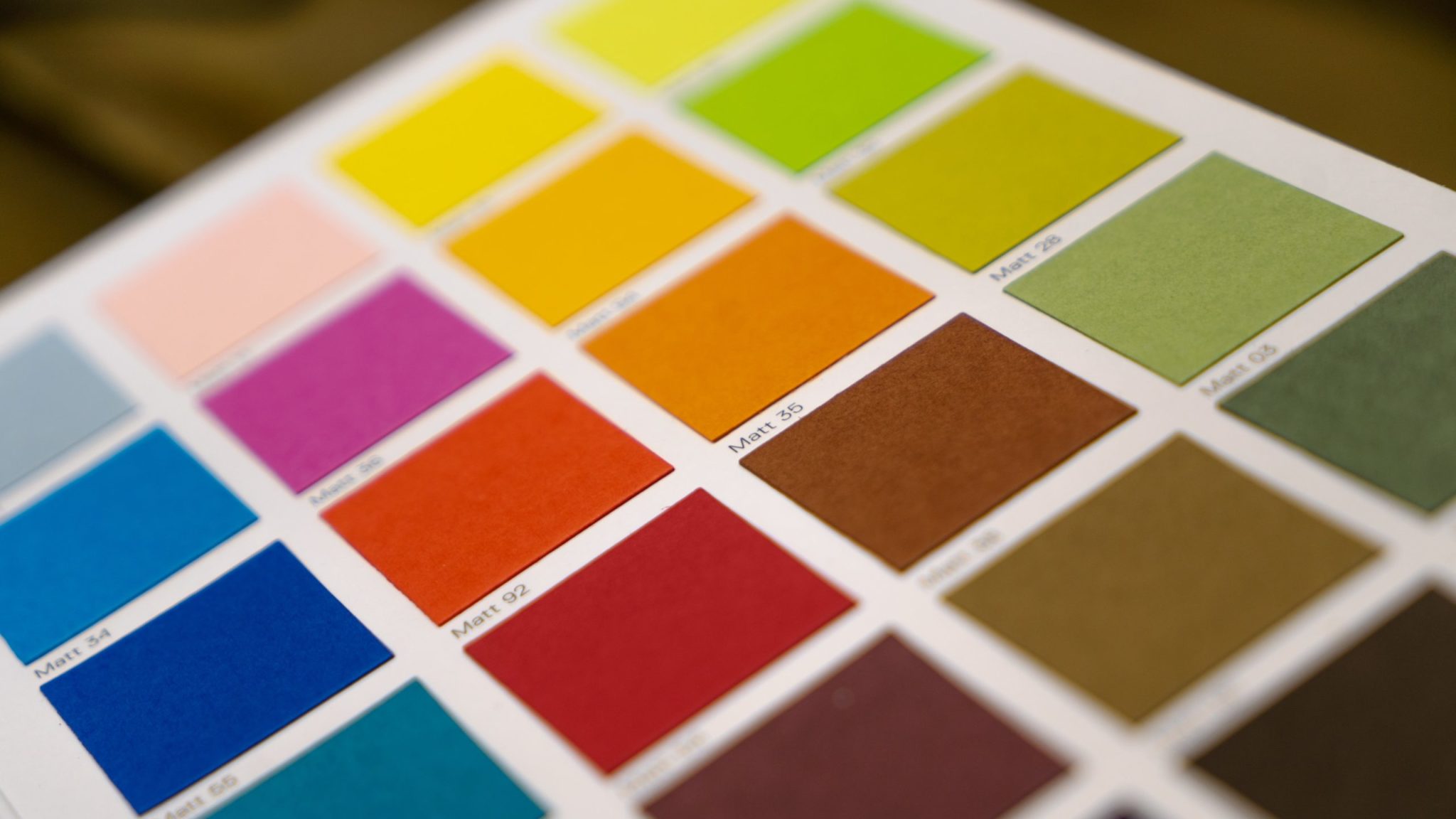Color is a quick and powerful way to deliver important information – and the strong and instant impact they make, makes color palette a crucial consideration for any business brand.
From the color of your logo to the theme of your website, your chosen color scheme will impact almost every one of your marketing assets. It is important to employ consistent brand colors across all platforms in order to make your brand distinguishable, recognizable, and memorable.
So, how do you pick a color palette for your brand? In this guide, we will discuss a few important steps and considerations.
How to Choose the Right Color Palette for Your Brand?
Establish a Brand Identity
Your brand colors will be a direct reflection of your brand identity – hence, without being clear about the former, it is impossible to make the right decision about the latter.
Your color palette must be in line with the values that you embody and the message that you wish to communicate. In order to determine your brand identity, we recommend creating a list of adjectives that you feel accurately define your brand’s personality. Think about how you want your audience to perceive the brand, and the elements that will set it apart.
The below brand identity spectrum will help you pinpoint your brand’s core:
Trendy ↔️ Timeless
Trustworthy ↔️ rebellious
Prestigious ↔️ Affordable
Friendly ↔️ Formal
Youthful ↔️ Mature
Local ↔️ International
Rugged ↔️ Refined
Explore the Meaning Behind Each Color
After identifying your brand personality, the next step is to pick the colors that will allow it to shine through. As part of this process, you need to explore color psychology to understand the meaning conveyed by each color.
At the same time, color psychology is not an exact science, and you must remember that there is no way to define the precise meaning behind each color. This is why many brands use color combinations –the juxtapositions of those combinations help evoke more specific feelings and emotions.
For instance, green, when paired with blue, creates a soothing and calming effect –making the combination great for brands that want to put their audiences at ease. However, the same green, when combined with yellow and pink, screams ‘fun’, which is why it is common to find these colors in candy stores or toy shops.
Hence, the meaning of a color can vary, depending upon the other colors that it is paired with, as well as upon the cultural and contextual connotations. Having said that, there are unique color trends for every industry, some of which are discussed below:
- Food Industry: Restaurants often go for yellow, orange, and red, since these colors trigger appetite. Food brands wanting to promote wellbeing, nutrition, or organic products, might opt for green. Dessert or sweet brands often go for pink or blue.
- Wellness and Health: Like we mentioned, most wellness brands go for blue, since the color denotes cleanliness, responsibility, and trustworthiness. Green is also a popular option, since it denotes nature and purity. Orange, meanwhile, is used by brands wanting to promote vitality or energy.
- Tech: Tech brands also go for blue, since it also signifies efficiency, intelligence, and trust. Orange is also a popular option, portraying optimism and friendliness, as is purple, owing to its connection to creativity and quality.
- Beauty and Fashion: Black is the most common choice for these industries, since it is associated with elegance and glamor. Warm colors like pink, orange, and red are also used to communicate excitement and confidence.
Learn more about how colors effect emotion.
Look for Inspiration
Finally, seek out inspiration for your brand’s color palette. This could involve browsing through your rivals’ palettes and trying to understand why they have chosen certain colors or combinations.
Try to derive valuable insights from their choices, and use those insights to make your business stand out.

There are plenty of great websites to find curated inspiration for your brand’s palette. Sites like Dribbble and CreativeMarket where designers share their work often showcase the latest trends.
Sites to get brand color inspiration:
You can also try our color palette generator that allows you to design palettes of up to eight different colors, and use the same for exploring the top color palettes according to your business, brand identity, and industry.
Test the Colors
After picking your primary and secondary colors, do not forget to put them together and try out several different combinations. This is as easy as swapping colors out in your design file to create a examples you can quickly compare to each other.
This will help you ensure that the colors complement each other and, convey your intended message together.

You should also test the palette to ensure that the color combinations are legible. This can easily be done using a color contrast checker. These tools help you to ensure your text in legible on specific color backgrounds.
Final Word
To sum up, choosing the color palette is not just one of the most important brand decisions you will make, but also one that once executed, is extremely difficult to reverse. This is why it is important to do it once, and do it right – and we hope that this brief guide will help you in that regard.
To learn more about color palettes or generate one for your brand, please feel free to check our color palette generator.

